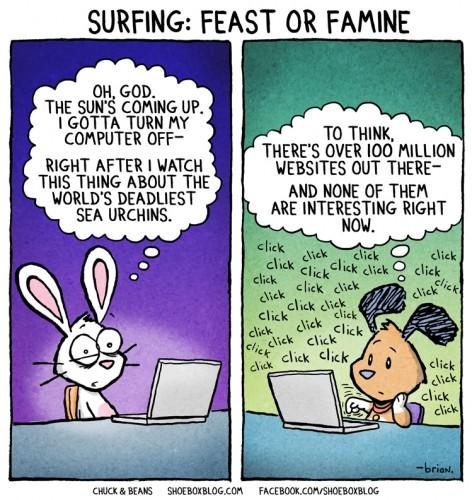1. Enter an account nickname.
2. Enter an account master password.
3. Enjoy your generated account password.
The awesome thing about Oplop is that you enter two things — nickname, password — which then generates a new, unique password for you to use for that account — the idea being that you use the generated password to register for whatever website/service.
Forget your password? No problem — by putting in the same combination of account nickname and master password, you’ll get the unique password that you got the first time.
I’ve thought about something similar before, and I’m glad someone has implemented it in an easy to use way.

